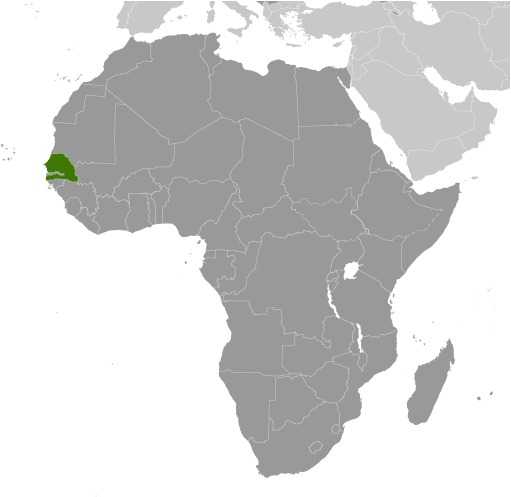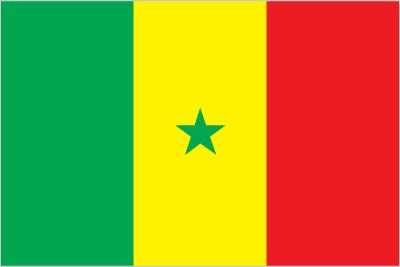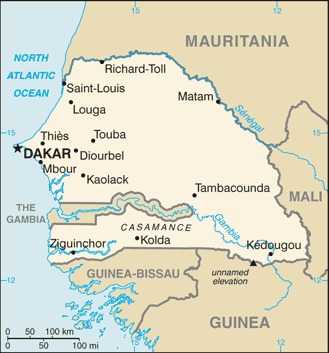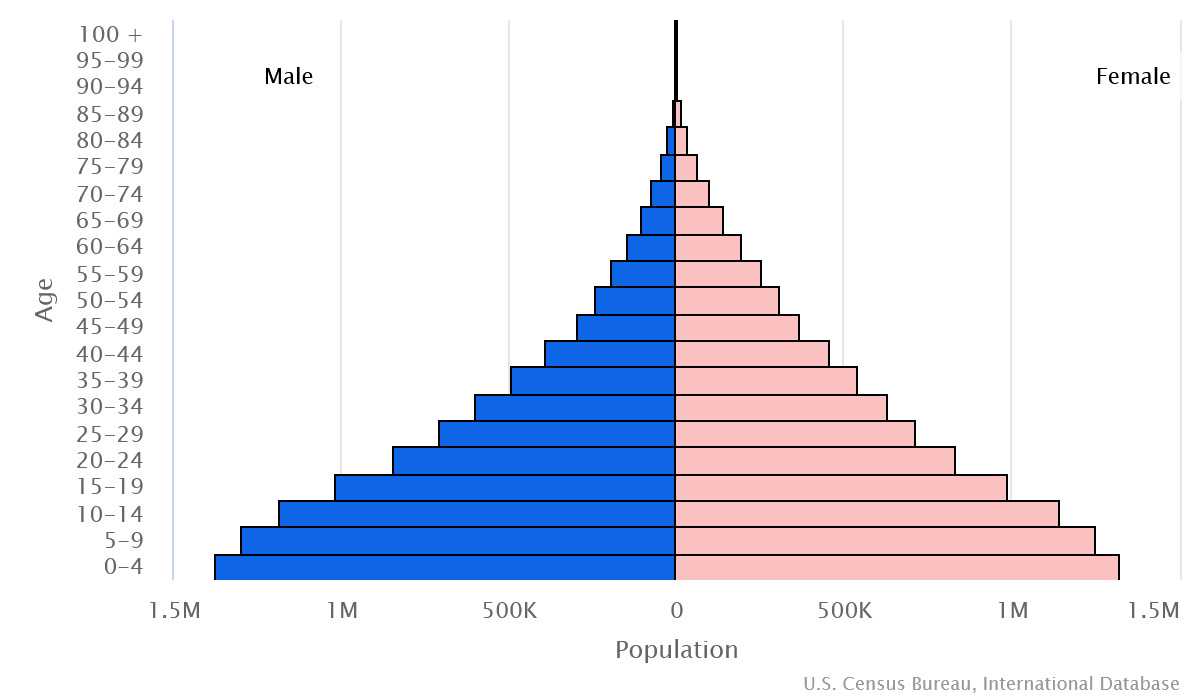Introduction
Background
The French began to expand onto the Senegalese mainland in the second half of the 19th century and made it a French colony. The French colonies of Senegal and French Sudan were merged in 1959 and granted independence in 1960 as the Mali Federation. The union broke up after only a few months. Senegal joined with The Gambia to form the nominal confederation of Senegambia in 1982. The envisaged integration of the two countries was never implemented, and the union was dissolved in 1989.
Geography
Area
total: 196,722 sq km
land: 192,530 sq km
water: 4,192 sq km
Climate
tropical; hot, humid; rainy season (May to November) has strong southeast winds; dry season (December to April) dominated by hot, dry, harmattan wind
Natural resources
fish, phosphates, iron ore
People and Society
Population
total: 18,847,519
male: 9,283,314
female: 9,564,205 (2024 est.)
Ethnic groups
Wolof 39.7%, Pulaar 27.5%, Sereer 16%, Mandinka 4.9%, Jola 4.2%, Soninke 2.4%, other 5.4% (includes Europeans and persons of Lebanese descent) (2019 est.)
Languages
French (official), Wolof, Pulaar, Jola, Mandinka, Serer, Soninke
Religions
Muslim 97.2% (most adhere to one of the four main Sufi brotherhoods), Christian 2.7% (mostly Roman Catholic) (2019 est.)
Population growth rate
2.46% (2024 est.)
Government
Government type
presidential republic
Capital
name: Dakar
Executive branch
chief of state: President Bassirou Diomaye FAYE (since 2 April 2024)
head of government: Prime Minister Ousmane SONKO (since 2 April 2024)
Legislative branch
description: unicameral National Assembly or Assemblée Nationale (165 seats; 112 members including 15 representing Senegalese diaspora directly elected by plurality vote in single- and multi-seat constituencies and 53 members directly elected by proportional representation vote in a single nationwide constituency; member term is 5-years)
Economy
Economic overview
lower middle-income, services-driven West African economy; key mining, construction, agriculture, and fishing industries; tourism and exports hit hard by COVID-19; large informal economy; developing offshore oil and gas fields; systemic corruption
Real GDP (purchasing power parity)
$61.727 billion (2022 est.)
$59.265 billion (2021 est.)
$55.627 billion (2020 est.)
Real GDP per capita
$3,600 (2022 est.)
$3,500 (2021 est.)
$3,400 (2020 est.)
Agricultural products
groundnuts, watermelons, rice, cassava, sugarcane, millet, maize, onions, sorghum, milk (2022)
Industries
agricultural and fish processing, phosphate mining, fertilizer production, petroleum refining, zircon, and gold mining, construction materials, ship construction and repair
Exports
$6.78 billion (2021 est.)
$5.063 billion (2020 est.)
$5.836 billion (2019 est.)
Exports - partners
Mali 18%, India 16%, Switzerland 11%, US 8%, China 4% (2022)
Exports - commodities
gold, phosphoric acid, refined petroleum, fish, precious metal products (2022)
Imports
$12.278 billion (2021 est.)
$9.627 billion (2020 est.)
$9.17 billion (2019 est.)
Imports - partners
China 22%, India 8%, France 7%, Belgium 5%, Netherlands 4% (2022)
Imports - commodities
refined petroleum, ships, rice, crude petroleum, plastic products (2022)
Exchange rates
Communaute Financiere Africaine francs (XOF) per US dollar -
Exchange rates:
623.76 (2022 est.)
554.531 (2021 est.)
575.586 (2020 est.)
585.911 (2019 est.)
555.446 (2018 est.)
Page last updated: Wednesday, May 15, 2024




